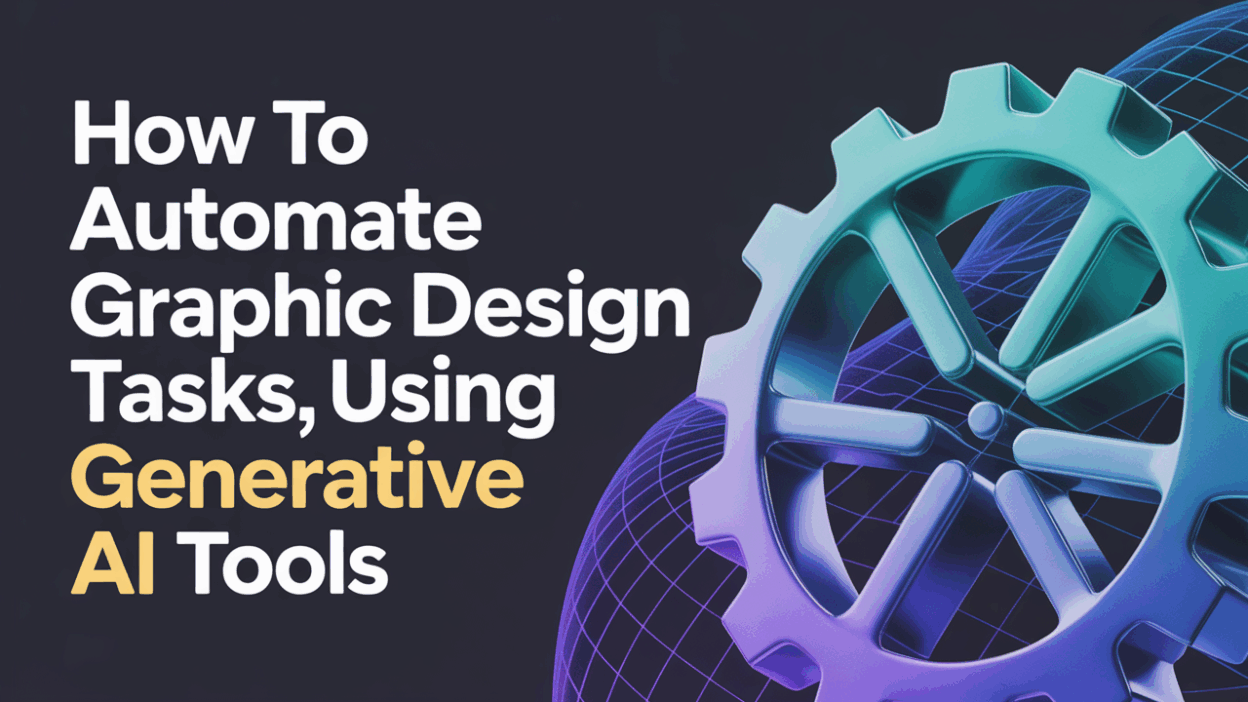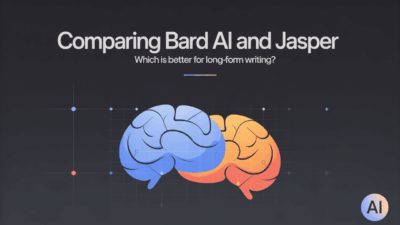In today’s fast-paced digital landscape, graphic designers are increasingly turning to generative AI tools to streamline their workflows and enhance creativity. These innovative technologies offer the ability to automate repetitive tasks, allowing designers to focus on the more creative aspects of their projects. In this blog post, we’ll explore how you can harness the power of generative AI to automate graphic design tasks effectively.
Understanding Generative AI in Graphic Design
Generative AI refers to artificial intelligence systems that can generate new content, such as images, text, or music, based on existing data. In the realm of graphic design, these tools can create unique patterns, textures, and even complete design assets from simple text prompts . By leveraging generative AI, designers can significantly accelerate the design process while also discovering innovative solutions to visual challenges .
Automating Repetitive Tasks
One of the most significant advantages of using generative AI in graphic design is the ability to automate routine and repetitive tasks. For instance, tasks like resizing images, removing backgrounds, or adjusting color schemes can be handled efficiently by AI tools, freeing up valuable time for designers to engage in more complex creative work . This automation not only speeds up the workflow but also reduces the likelihood of human error, ensuring consistency across all design elements.
Enhancing Creativity and Efficiency
By taking over mundane tasks, generative AI allows designers to concentrate on what they do best: creating compelling visuals. With the burden of repetitive tasks lifted, designers can delve deeper into the creative process, exploring new ideas and concepts without the distraction of tedious edits . Furthermore, some AI tools can generate entire design assets from simple text prompts, providing a springboard for original designs and helping overcome creative blocks .
Selecting the Right Tools
When it comes to choosing the right generative AI tools for your graphic design needs, there are several options available. Each tool has its own set of features and capabilities, so it’s essential to select one that aligns with your specific requirements. Some popular AI tools for graphic designers include those that specialize in generating unique patterns and textures, automating image resizing, or creating clip art from descriptions . It’s beneficial to test out various tools to see which ones best fit your workflow and enhance your productivity.
Conclusion
In conclusion, generative AI tools offer a transformative approach to graphic design by automating repetitive tasks and enhancing creative efficiency. As these technologies continue to evolve, they promise to unlock new possibilities for designers, enabling them to push the boundaries of their creativity while maintaining high levels of productivity. Embracing generative AI in your design workflow could be the key to staying competitive in an ever-evolving industry.


